10 Best Ways to Get to Machu Picchu, Peru
Are you planning your visit to Machu Picchu, but aren’t really sure how you want to get there? You might know or have read about certain ways, but there is a lot of information out there that can be a bit confusing or overwhelming. Well you’ve clicked on the right post.
Below we’ll explain some of the most popular and lesser known ways you can reach Machu Picchu, one of the new seven Wonders of the World. We’ve categorised the countless options in a way which will make it easy to select your preferred one.
It’s worth noting that this list doesn’t include every single option or variation though. This is because you can tailor your itinerary in multiple ways. For example, you can visit in one day or on multiple days, you can hike and trek or not hike at all. You can also mix and match some of the below options, especially if you’re visiting on your own without any tours.
However, we hope that this list will give you a good idea on which route is the best for your interests and also your budget. You can really make this trip as affordable or luxurious as you wish and as easy or as physically challenging as you’d like.
If you’d like to see our adventures, then check out the Salkantay Trek or Machu Picchu video on our YouTube Channel. For more Peru videos check out our Peru Playlist.
Disclosure: This post may contain affiliate links, which means we may receive a small commission if you click a link and purchase something. Clicking these links won’t cost you anything, but it will help us to keep this site up and running! Learn more about our affiliate policy.
Introducing Machu Picchu
Tucked away to the northwest of Cusco, Machu Picchu is one of the New Seven Wonders of the World and also a UNESCO World Heritage Site.
According to historians, Machu Picchu was built by the Inca. The site consists of more than 150 buildings including houses, temples, sanctuaries and baths.
Whilst it was built in the 15th century, nobody really knew about the site until Hiram Bingham found it in 1911. Although, based on certain evidence, he probably wasn’t the first one to come across the site after it was abandoned. However, he was more vocal about his discovery and wrote a book called ‘The Lost City of the Incas’ that gained a lot of attention and started bringing in visitors.
Many believe that Machu Picchu was a royal estate and sacred site for the Inca nobles. Based on the stunning landscape surrounding the site, we can totally see why Inca leaders would pick this spot for their estate.
Today, hundreds of thousands of people visit Machu Picchu every year, making it the most visited place in the whole of Peru.
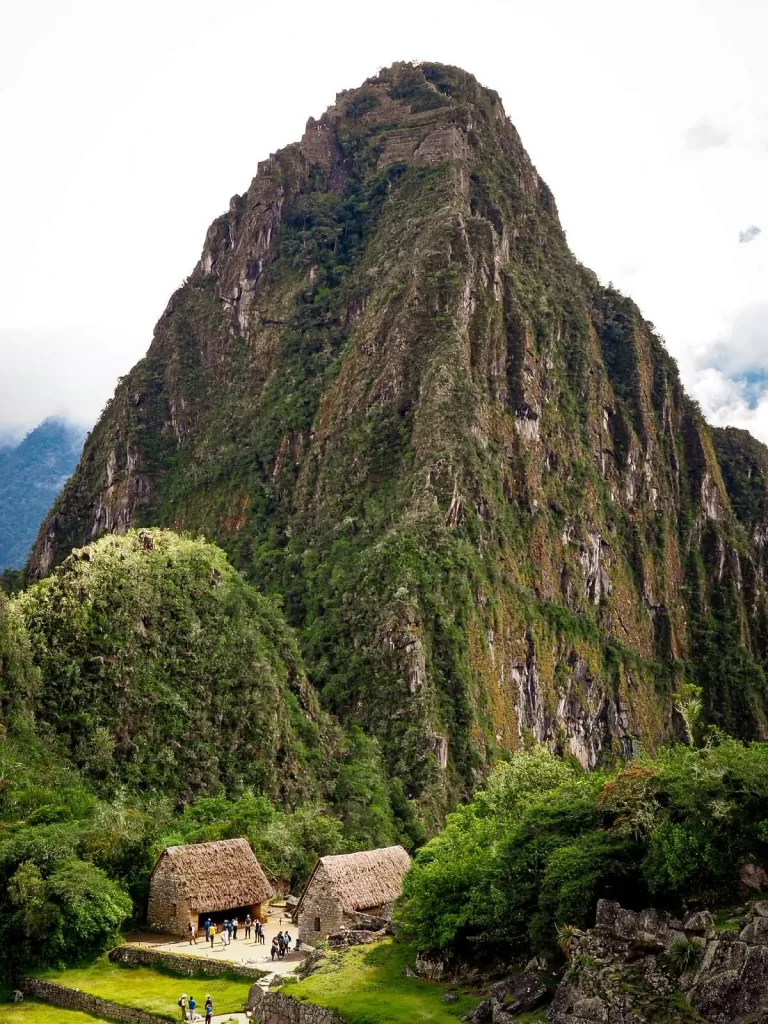
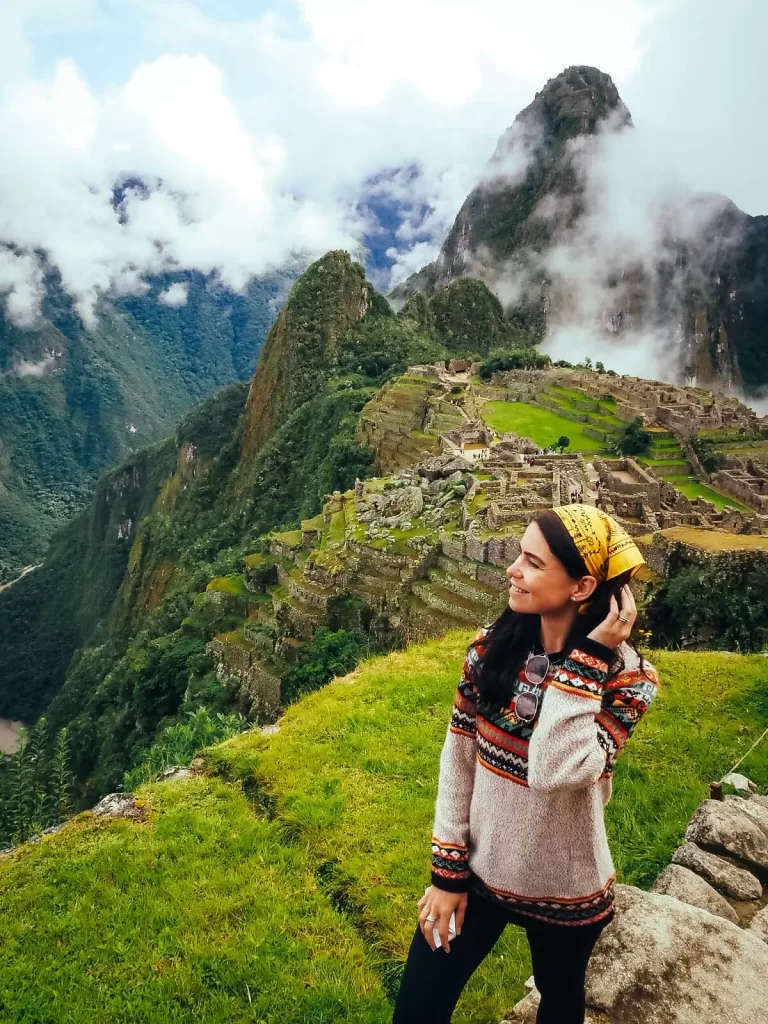
10 Best Ways to Get to Machu Picchu
Machu Picchu is accessible in multiple ways depending on your interests and budget. There are three main kinds of ways to reach the Inca site: hiking, trekking or on a day tour. Once you’ve made that decision, then you’ll need to figure out the best transport option or which multi-day trek is best suited to you.
Most Popular Day or Multi-Day Trips to Machu Picchu
The list below includes some of the most popular ways to reach Machu Picchu without trekking for multiple days. Some options don’t even include any hiking, however we’ve also included options for those who want to keep the budget low and don’t mind putting on their hiking boots.
1. Organised Day Trip: Machu Picchu by Tour
Probably the easiest and most convenient way to reach Machu Picchu is by booking an organised day trip. These trips are great for those who are short on time or who don’t like hiking, let alone trekking, for multiple days.
It’s also a great way to meet with new people, and you’ll normally have a guide with you who will tell you a lot of valuable information about the history of Machu Picchu.
There are a lot of tour operators you can book your day trip with either online or in person. Now, if you’re visiting during the high season, we recommend booking your trip in advance to secure your spot due to the limited number of entries available to Machu Picchu per day.
Most tours leave and return to Cusco on the same day, so you’ll have a very long day ahead of you. However, if you have a bit more time, there are some group tours that offer a 2-day trip with a night spent in Aguas Calientes. Honestly, the variety of tours are endless, so make sure to shop around before committing to one.
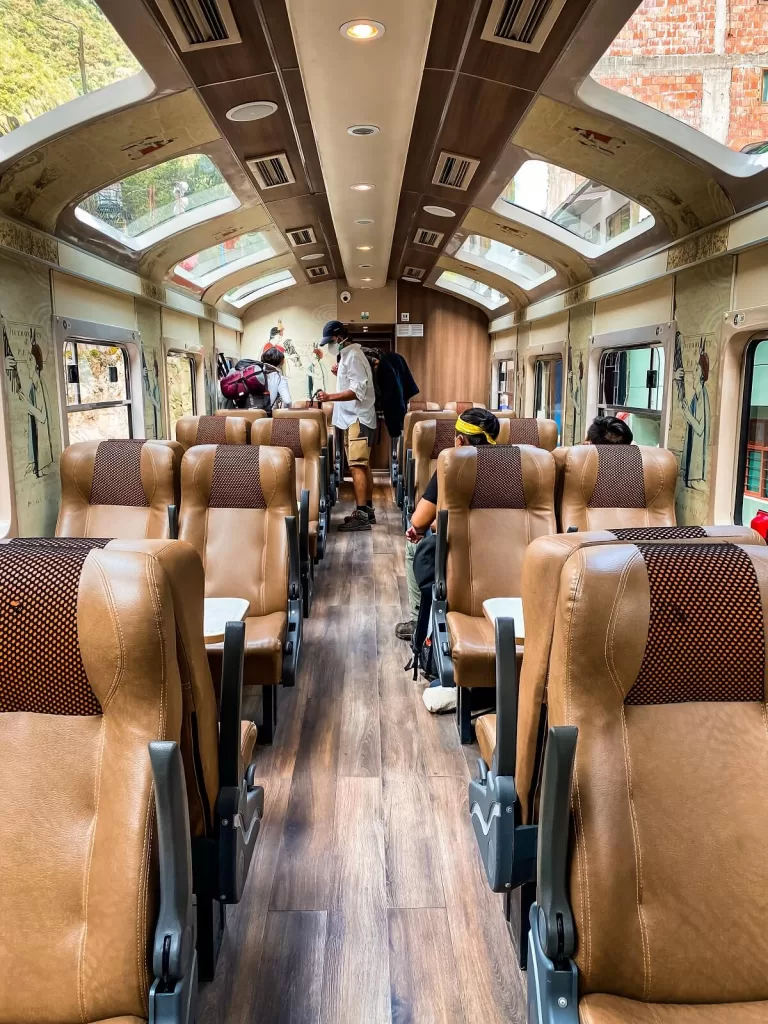
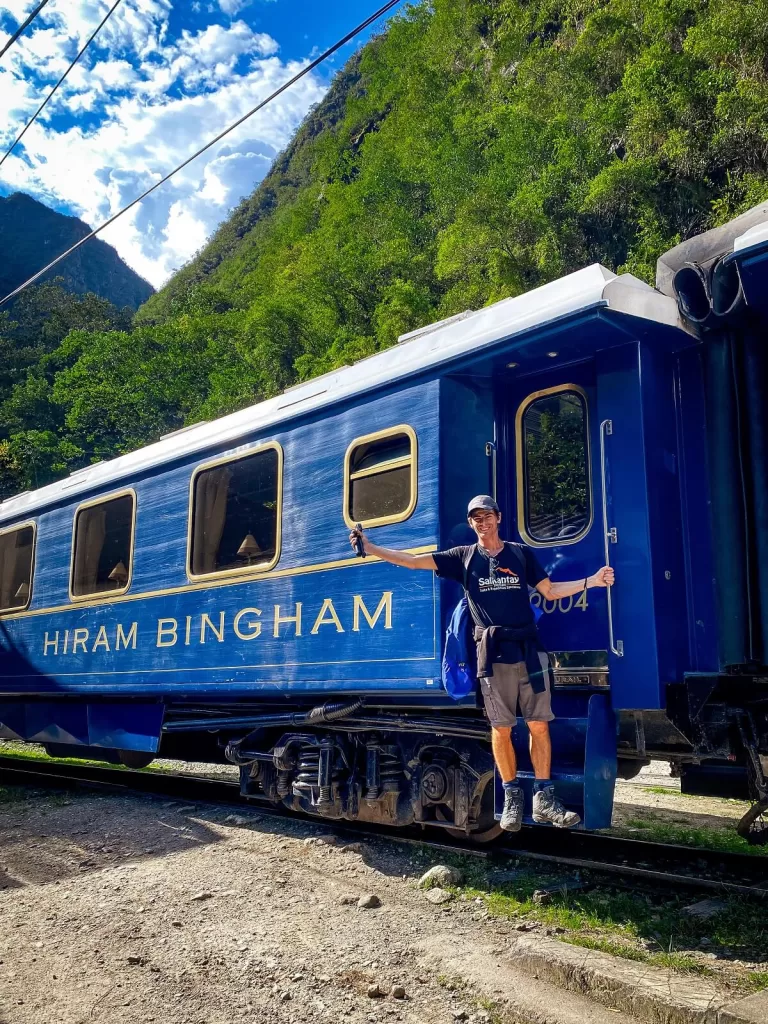
2. Independent Day Trip: Machu Picchu by Train
The quickest way to get to Machu Picchu independently is by taking a train from either Cusco or Ollantaytambo.
As always, you can plan your train journey in multiple ways, with multiple companies, depending on your budget. You can travel in pure luxury with IncaRail services or buy some more budget friendly tickets with PeruRail.
Top Tip. Generally speaking train tickets are sometimes cheaper from Ollantaytambo, since it’s a much shorter journey. We also personally recommend getting to Ollantaytambo and visiting its beautiful Inca ruins. You can read about how to visit Ollantaytambo in this post.
PeruRail
There are three types of train services offered by Peru Rail: Expedition, Vistadom, and Belmond Hiram Bingham.
The Expedition train. This is the most budget friendly option, offering a basic but still comfortable ride. You can get a ticket in the shoulder season for as little as $50 USD one-way. There won’t be any food or drinks included though so come prepared. Since it’s more affordable, it can sell out pretty quickly, so book in advance.
The Vistadom train. It is a more expensive train than the Expedition, however it offers a higher class experience. This is thanks to the panoramic design that allows you to see through the roof of the carriage as well as through the huge side windows. Your ticket includes some snacks onboard and light entertainment.
The Belmond Hiram Bingham train. This is by far the most luxurious option offered by PeruRail. Inside, the carriages are decorated in the style of the 1920’s Pullman trains. It is pretty pricey, as you would expect, costing at least $450 USD per person. However, it includes dinner and also a tour of Machu Picchu.
You can read more about the above train services on PeruRail’s website.
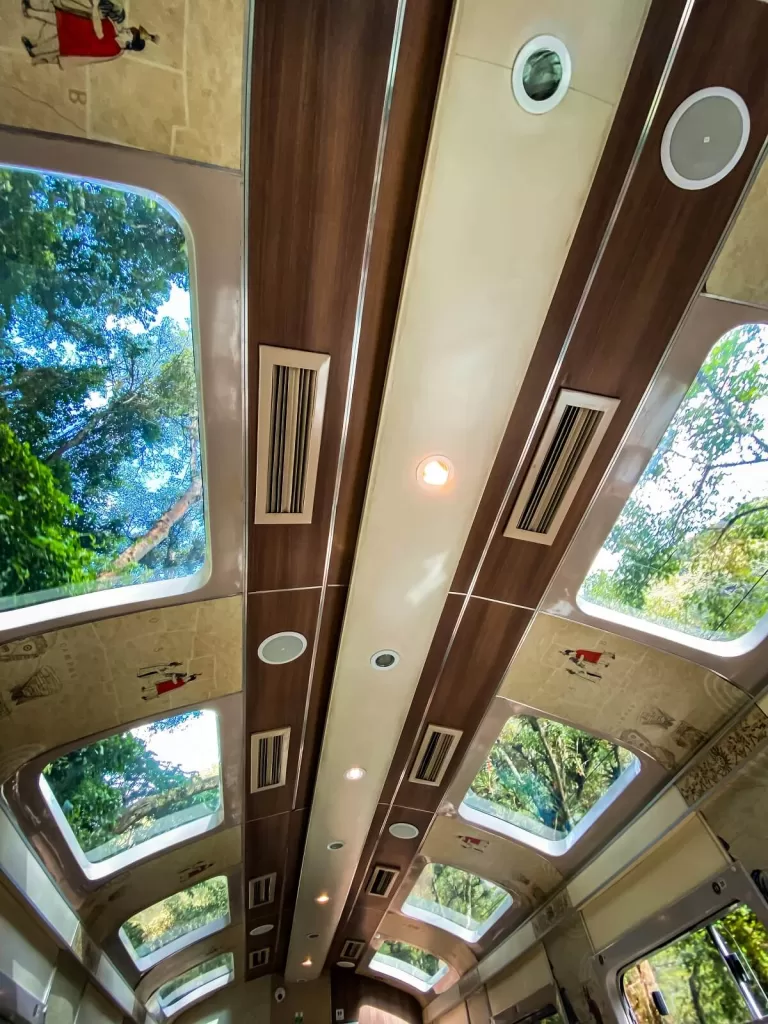
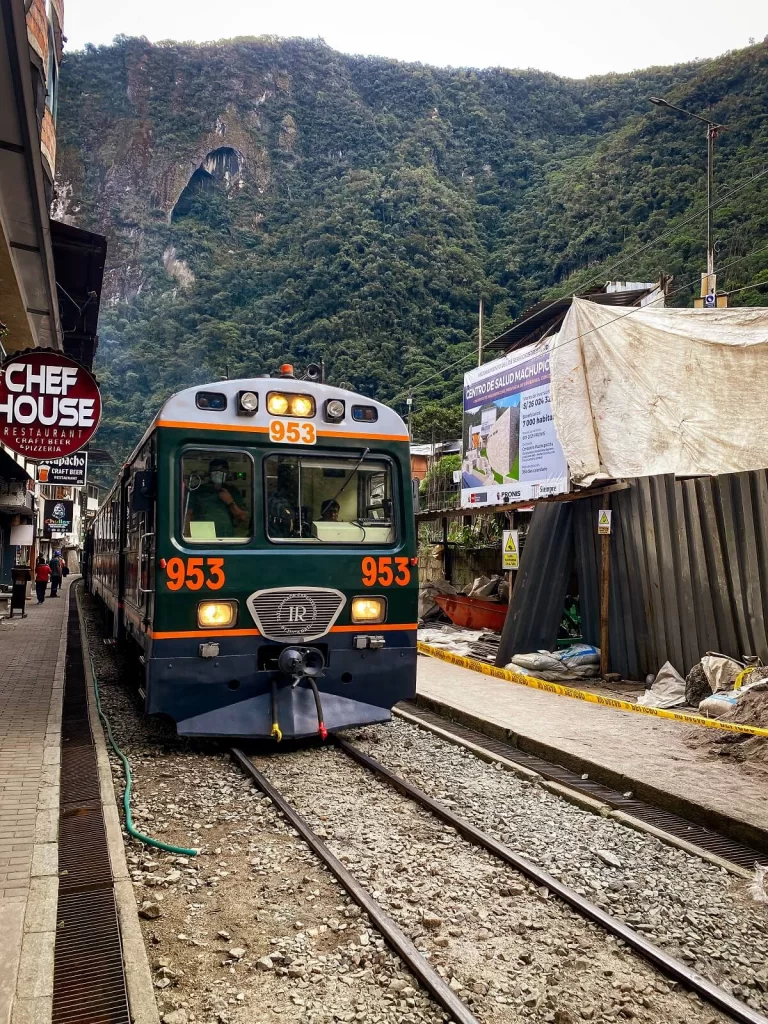
IncaRail
There are five different types of train services that IncaRail offers: Voyager, 360°, Premium & Lounge, First Class, and the Private Train.
The Voyager. It is the cheapest service offered by IncaRail. The carriages have leather recliner seats and large windows. It runs between Ollantaytambo and Machu Picchu six times a day and tickets start from around $65 USD one way.
The 360° train. This train is a bit fancier than the Voyager as it has wide, panoramic windows and even an outdoor observatory wagon. There’s one departure from Poroy (Cusco) or two from Ollantaytambo daily. Ticket prices start around $90USD one way.
The Premium & Lounge Train. It’s an even more comfortable train than the 360° with an observatory-lounge, outdoor balcony and live music. There’s one service leaving from Cusco and one from Ollantaytambo daily. Tickets are around $95-100USD one way.
The First Class train. This train journey will definitely be a more luxurious experience with welcome cocktails, live music and a set menu. This service only runs on request and on certain travel days. One way tickets can cost over $200 USD.
The Private train. You can even rent an entire carriage if your traveling with a small group for over $5000 USD per group.
You can read more about the above train services on IncaRail’s website.
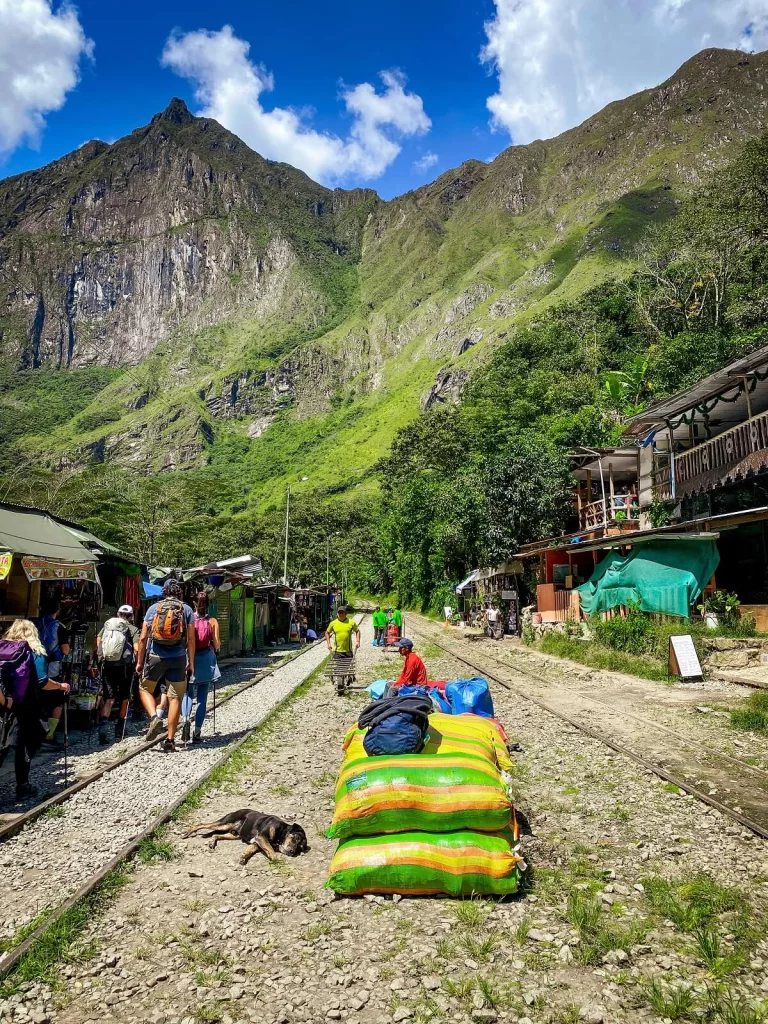
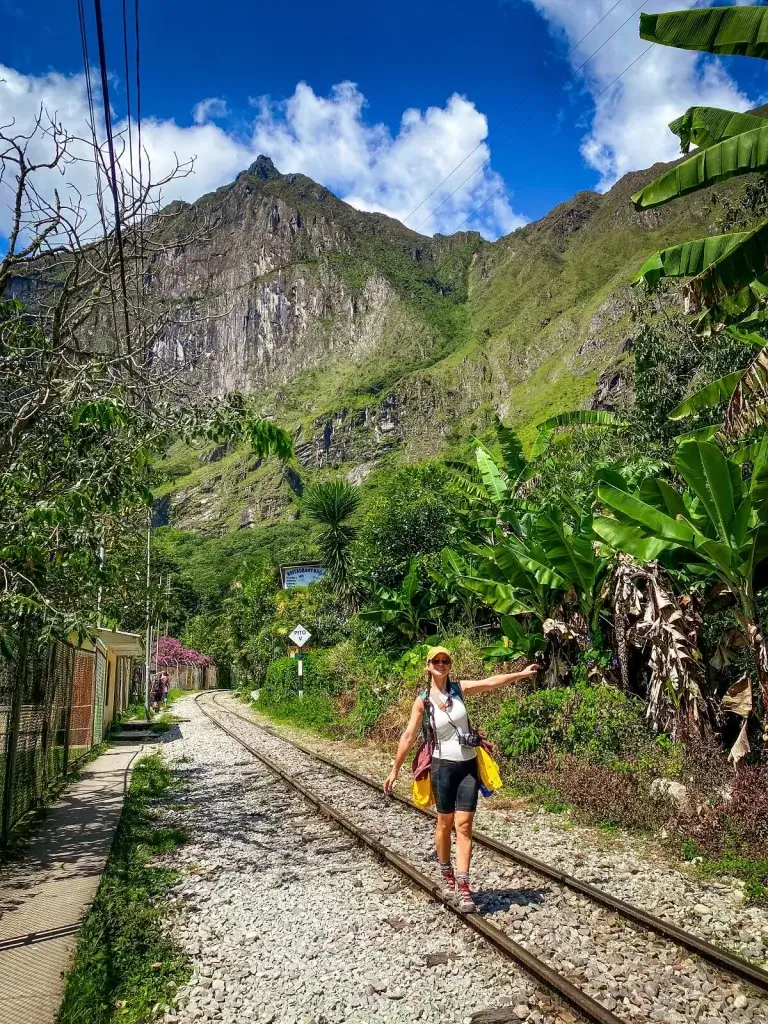
3. Independent Multi-Day Trip: Hiking from Hidroelectrica
If you’re on a tighter budget and don’t want to do any multi-day trekking, but wouldn’t mind a little bit of hiking, then this option is for you.
Now it’s worth highlighting that there is no direct road access to Aguas Calientes. The road kind of ends at a place called Hidroelectrica. This means that you can either get to Aguas Calientes by train or on foot. If you don’t want to spend money on a train ticket, and also don’t fancy multi-day trekking, then you’ll have to do a hike from Hidroelectrica to Aguas Calientes.
Note. Since it takes a good 7 hours to reach Hidroelectrica from Cusco plus another 2-3 hours to hike to Aguas Calientes, it’s best to book a night there and visit Machu Picchu the next day. Don’t forget, unless you book a train ride back, you’ll have to complete the same journey when you return.
How to Get to Hidroelectrica from Cusco
There are two ways to get to Hidroelectrica. You can either take a shuttle bus or a series of colectivos and local buses.
The shuttle bus costs around $19 USD one way and leaves from Cusco around 6AM. It’s a 7-8 hour journey which gets you to Hidroelectrica around 2PM. It leaves Hidroelectrica around 2PM and gets you back to Cusco around 9PM.
If you book this shuttle as a return journey, you’ll have to start your hike back along the train tracks around 10:30AM the next day. This means that you should book one of the early entry slots for Machu Picchu.
Another way to get to Hidroelectrica is by taking a series of colectivos and local buses. You can get a local bus or colectivo to Santa Maria from Cusco. From there you’ll need to take a colectivo or local bus to Santa Teresa, from where you can either hike to Hidroelectrica and to Aguas Calientes or take a colectivo or bus to Hidroelectrica and then start the hike.
Alternatively, you can get a colectivo to Ollantaytambo and a local bus to Santa Maria from where you can take a colectivo or taxi to Santa Teresa and Hidroelectrica.

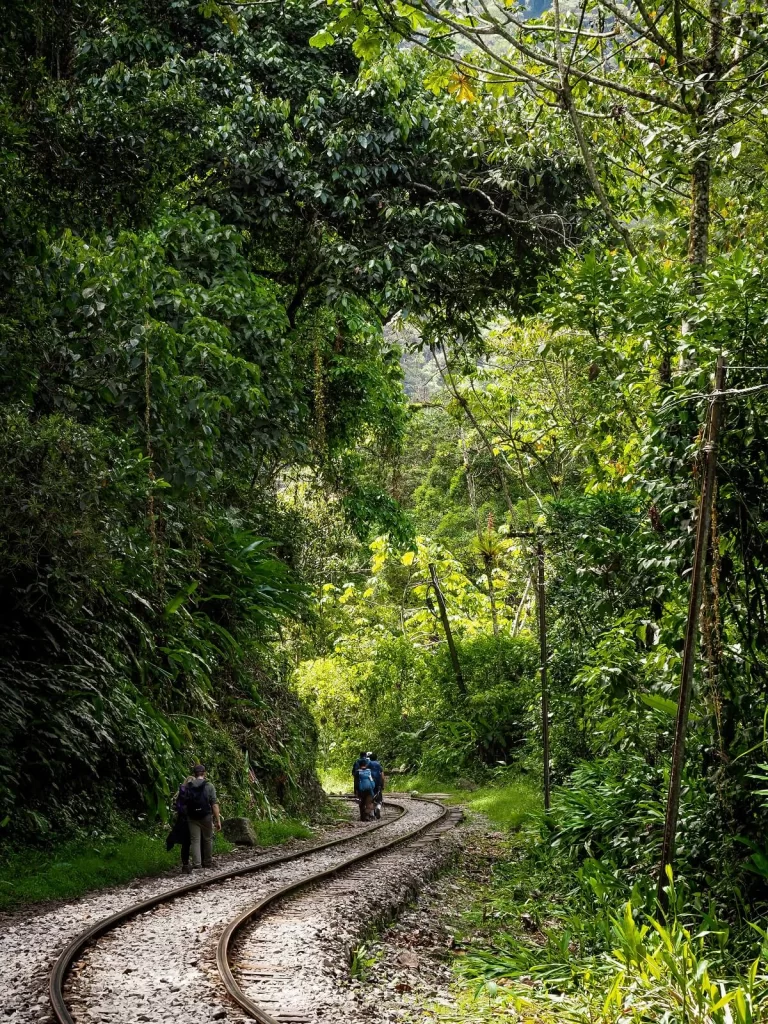
Hiking from Hidroelectrica to Aguas Calientes
You’ve now made it to Hidroelectrica one way or another. From here, the trail is very simple. You’ll just have to follow the train tracks all the way to Aguas Calientes.
Hidroelectrica (1,800 m / 5,906 ft) is a 250m tall man-made waterfall that generates electricity for the whole of Cusco. The trail itself is 10 km (6.3 mi) long and quite literally follows the train tracks. It’s pretty easy to follow and there will be a lot of people doing the same as you. You can check out the route map here.
The trail is relatively flat with only about 500m of very gradual elevation gain. The hard part is that it can get a bit boring after the initial excitement of being able to officially walk on train tracks. It’s also quite rocky, so definitely wear supportive shoes with good grip.
Please also note that this is an active train track which means that a few trains will pass you. Make sure to keep a safe distance when you hear one approaching.
There are some restaurants and shops along the path, so you can fuel up on some drinks and snacks.
In case you don’t fancy doing this hike on your own, you can always join a group hike so you can meet new people along the way and get a guide around Machu Picchu.
Note. It’s worth highlighting that you can actually get a train from Hidroelectrica station to Aguas Calientes. If you really don’t enjoy hiking but want to keep costs down, then this could be an affordable option for you.
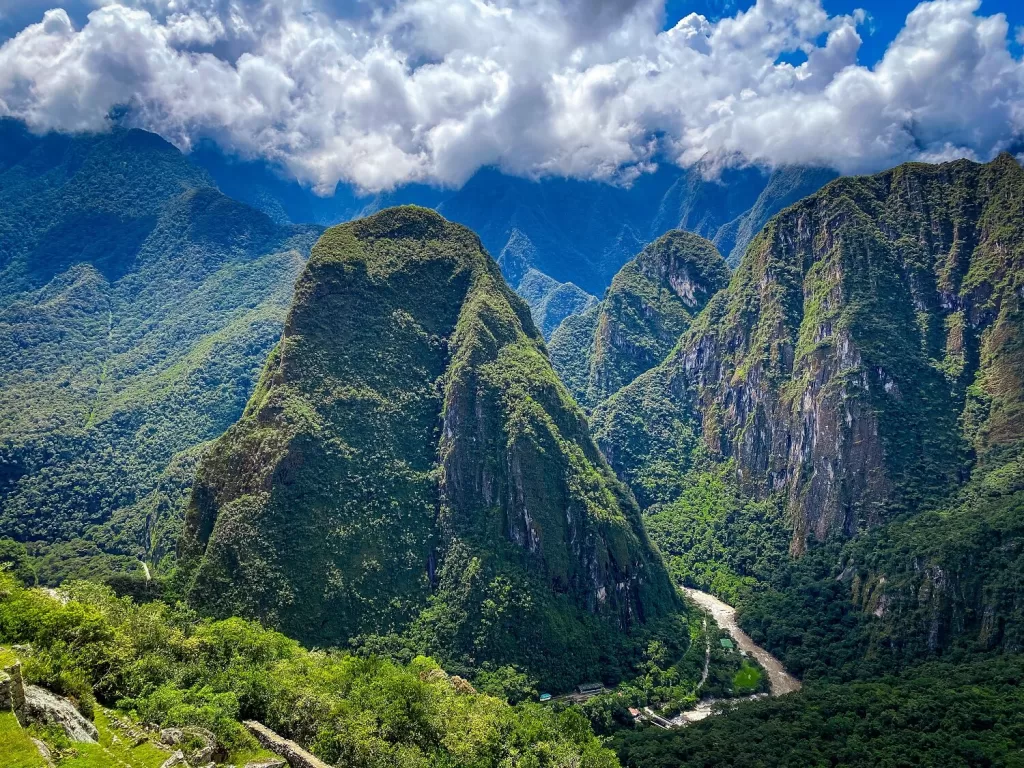
Most Popular Multi-Day Treks to Get to Machu Picchu
The below list includes some of the most popular multi-day treks to Machu Picchu. These treks are perfect for any outdoor enthusiast and include some more adventurous and cultural experiences.
It’s worth noting that each trek will have multiple variations too. This means that you can either do a shorter or longer version of the trek if you don’t want to go for the ‘Classic’ one. Bear in mind though that just because a trek is shorter it won’t necessarily mean that it’s going to be easier. Therefore, definitely do your research on how much trekking you’ll have to do each day before booking.
4. Inca Trail
Without doubt, one of the most popular multi-day treks visitors choose to complete is the Inca Trail. The Classic Inca Trail is a 43 km (26 mi) long, 4-day / 3-night trek that follows in the footsteps of the Inca nobility to their fortress at Machu Picchu.
The path takes you through mountains and lush jungles with many ancient ruins along the way that can only be visited via this trail. The highest point along the trek is 4,215 m (13,829 ft) and is called the Dead Woman Pass. Hiking the Inca Trail will be a unique experience since on your last day you’ll pass through the Sun Gate at sunrise to see Machu Picchu. You can only do this if you opt for the Inca Trail.
- Total Walking Distance: 43 km (26 mi)
- Duration: Classic trek is 4 days / 3 nights, or there is a 2-day / 1 night short trek option
- Highlights: Inca Ruins; scenic views; entry to Machu Picchu via the Sun Gate
- Cons: Pretty expensive; they restrict numbers, so you need to book way in advance and you can’t do it without a guide. High altitude can cause altitude sickness.
- Good to Know: The Inca Trail closes in February.
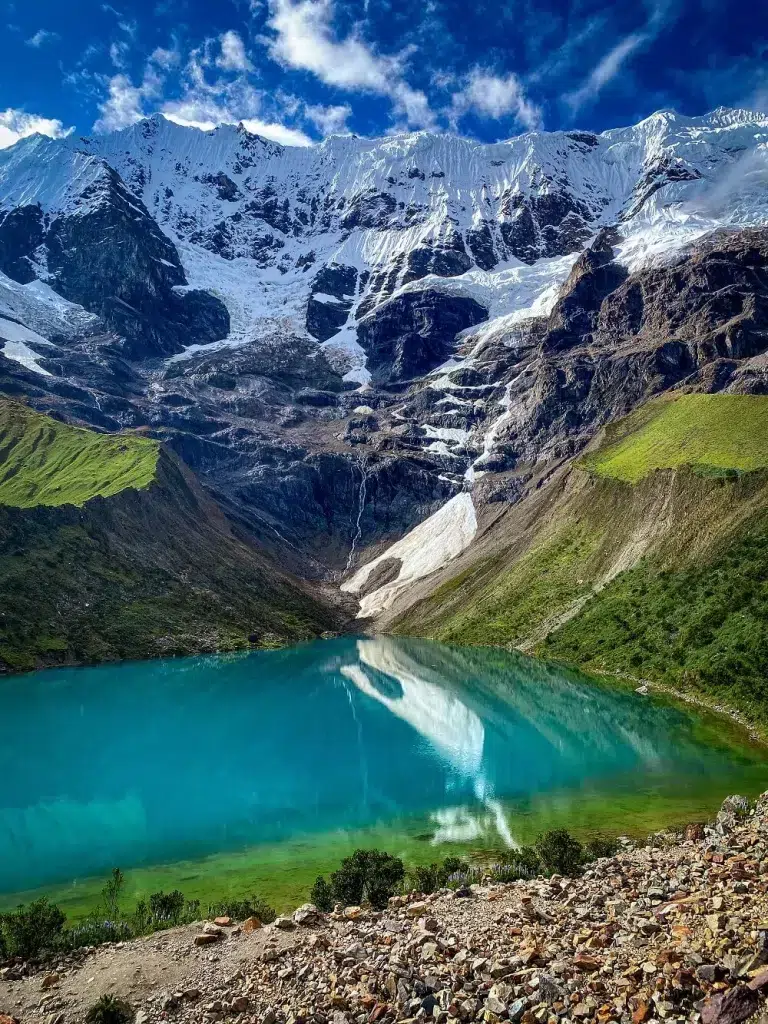
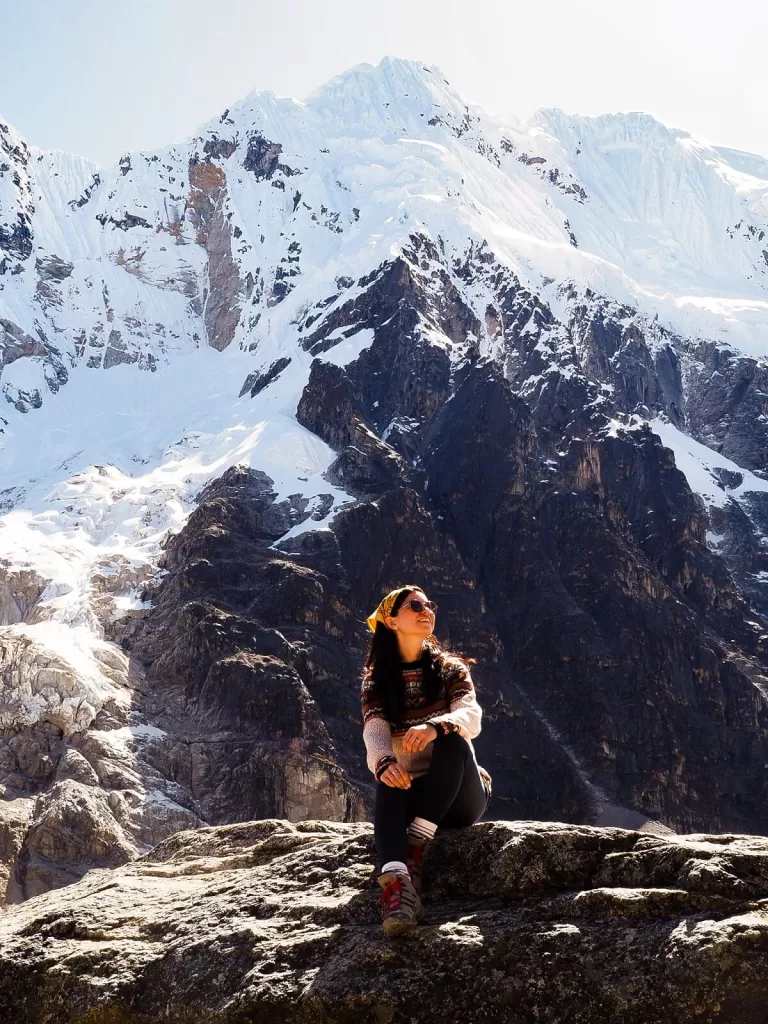
5. Salkantay Trek
The Salkantay Trek is a 75km (46 mi) long trek through the Peruvian Andes. It is a 5-day / 4-night long trek, although you can complete a shorter or longer version of it.
The trek is named after the Salkantay Mountain which reaches an altitude of 6,271 m (20,574 ft). During your hike you’ll go over the Salkantay Pass which is the highest point along the entire trek at 4,630 m (15,190 ft).
The Salkantay Trek is still slightly less popular than the Inca Trail. However, many tourists (including us) consider it just as beautiful, if not more so, since it takes you through the Vilcabamba mountain range, where you’ll see glaciers and lagoons before you descend down to the Andean jungle. It also includes a visit to Lake Humantay on the first day which is one of many popular day trips from Cusco.
If you didn’t know, National Geographic Adventure Magazine listed the Salkantay Trek as one of the best 25 treks in the world.
- Total Walking Distance: 75 km (46 mi).
- Duration: The Classic trek is 5 days / 4 nights, or you can opt for a 4-day / 3 night shorter trek.
- Highlights: Lake Humantay, Salkantay Pass, hot springs, coffee tasting, Llaqtapata Inca Ruins, scenic views, and Machu Picchu.
- Pros: Cheaper than the Inca Trail and you don’t need to pre-book it way in advance. You can also do it independently.
- Cons: Longer than the Inca Trail plus even higher altitude to contend with.
- Good to Know: The Salkantay trek is closed in February. If the weather is bad, Llaqtapata Inca Ruins may not be accessible.
Detailed Salkantay Trek Guides:

6. Inca Jungle Trek
Gaining more and more popularity is the Classic Inca Jungle Trek. This 4-day / 3-night trek is ideal for those who don’t mind hiking, but wouldn’t just want to be trekking the whole time.
Along this trek you’ll also be cycling, rafting, and even ziplining. Yes, this trek was definitely created for those who love adrenaline-fueled activities.
You’ll start your adventure from the highest point along the trek called Malaga Pass (4,350 m / 14,271 ft). From there you’ll hop onto your bikes and cycle down the mountains before getting the chance to go for a rafting adventure on the Vilcanota River. On your next day you’ll visit a local family and zipline through the lush valleys before relaxing in the hot springs at Colcamayo.
Your longest hiking day will be 25km (15.5 mi) on your third day. On this day you’ll also go on a short coffee tasting tour, enjoy the scenic views at the Llaqtapata Inca Ruins and walk along the train tracks from Hidroelectrica to Aguas Calientes. Just like with the other treks, you’ll visit Machu Picchu on the last day.
- Total Walking Distance: 32 km (19 mi).
- Duration: The Classic trek is 4 days / 3 nights
- Highlights: Cycling, rafting, ziplining, hot springs, coffee tasting, Llaqtapata Inca Ruins, scenic views, and Machu Picchu.
- Pros: Generally cheaper than the Inca Trail or the Salkantay Trek. You don’t have to camp and will be hiking at lower elevations.
- Good to Know: Rafting is only available between April and December. The trek can be closed in January and February due to bad weather. Ziplining might not always be included in the price.
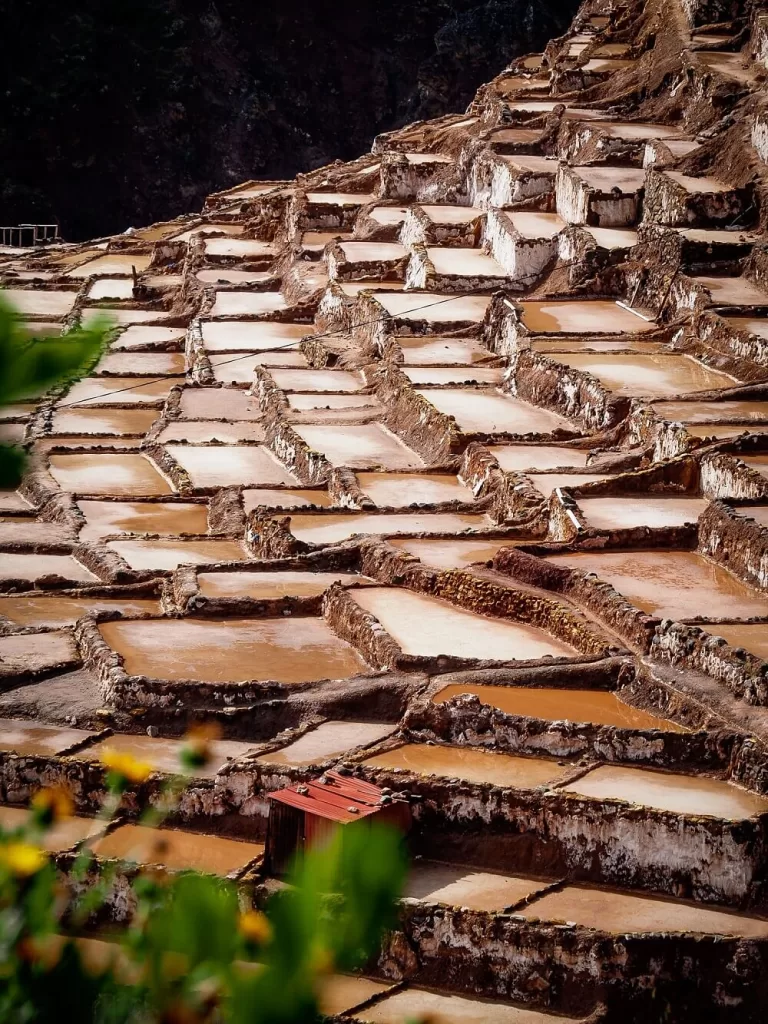
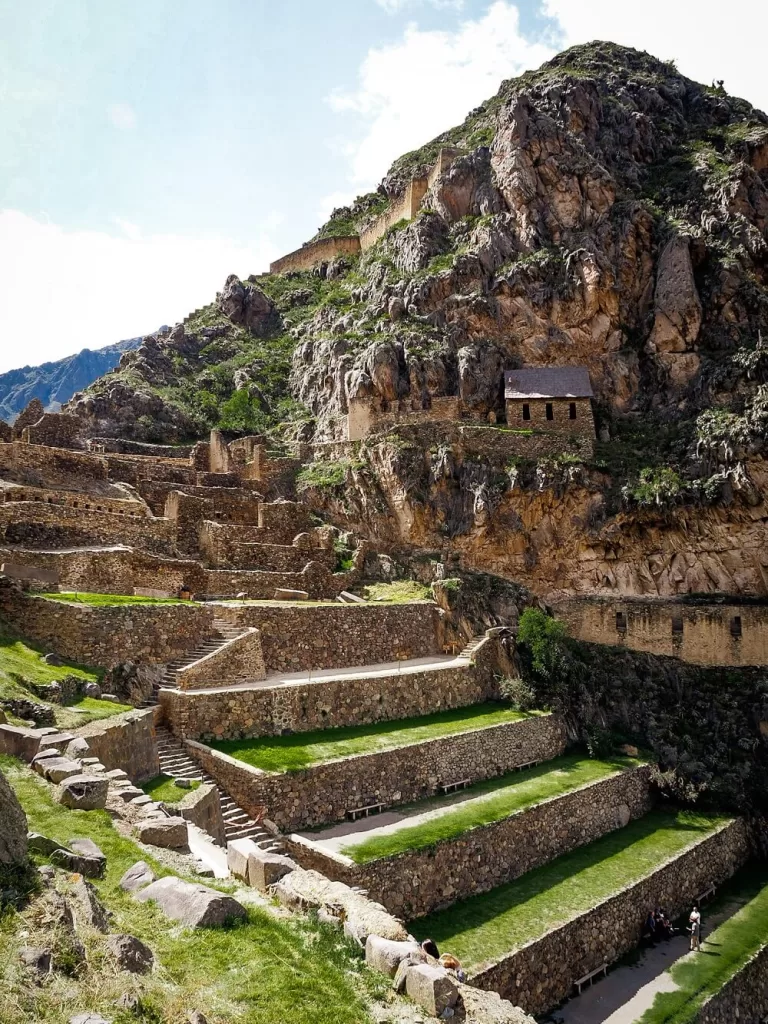
7. Lares Trek
If you want a less crowded and more cultural experience then check out the Lares Trek to Machu Picchu. The Classic Lares Trek is four days and three nights long although you can even opt for a Lares Trek and Inca Trail combo.
You’ll start your day by visiting Calca market before enjoying some time at Lares Hot Springs. Then you’ll start a short hike from Cuncani (3,800 m / 12,467 ft), passing by Pacchayoc waterfalls, before heading up to Willkikasa Pass at 4,400 m (14,436 ft).
The next day you’ll have to hike up to the highest point along the Lares Trek which is called Pachacutec Pass at 4,700 m (15,420 ft). You’ll also see the impressive Qanchispaccha waterfalls along the way. Later, you’ll have more cultural experiences in the small village of Cancha Cancha.
On your third day, you’ll be hiking through the Sacred Valley and visiting the Maras Salt Mines before hiking into Ollantaytambo. From there, you’ll take the train to Aguas Calientes where you’ll spend the night. On your last day, you’ll visit Machu Picchu.
- Total Walking Distance: 27 km (16 mi).
- Duration: The Classic trek is 4 days / 3 nights although you can combine it with the Inca Trail.
- Highlights: Lares Hot Springs, Pacchayoc and Qanchispaccha waterfalls, Pachacutec Pass, Maras Salt Mines, Ollantaytambo, scenic views, and Machu Picchu.
- Pros: Less crowded trek, more cultural experiences, less overall trekking.
- Cons: Similar price to the Inca Trail. You have to camp and will be hiking at much higher altitudes which can result in altitude sickness.
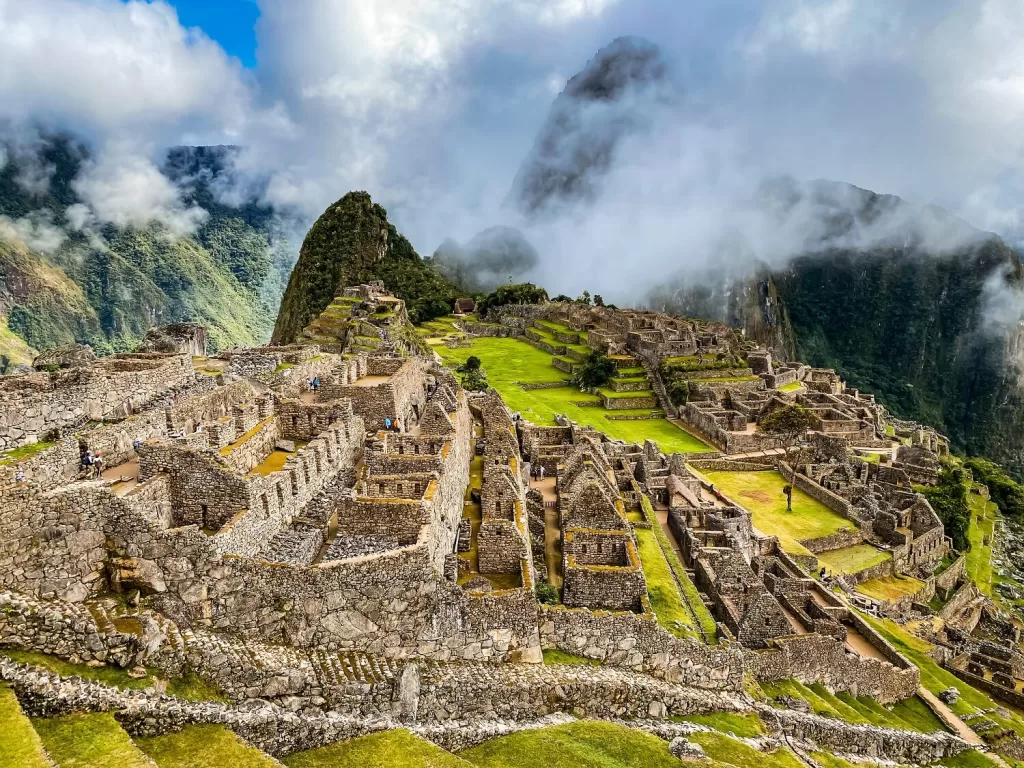
Less Popular Multi-Day Treks to Get to Machu Picchu
As you may have guessed, there are some other treks to reach Machu Picchu that aren’t as popular as the treks in the above section. It’s good to highlight them, since they can be great alternatives for anyone wanting to do something a bit different.
8. Huchuy Qosqo Trek
The Huchuy Qosqo Trek is a short 3-day / 2-night trek to Machu Picchu. It starts from Tambomachay, an Inca site located just outside of Cusco. A visit to Tambomachay is actually included in the Boleto Turistico price and is considered one of the best things to do in Cusco.
Then you’ll hike to Qoricocha Lake where you’ll climb up to 4,200 m (13,780 ft) which is the highest point along the trek. On your first day, you’ll reach your campsite around Huchuy Qosqo.
On your second day, you’ll hike to the Sacred Valley and eventually reach Ollantaytambo. From there you’ll take the train to Aguas Calientes and visit Machu Picchu the next morning.
- Total Walking Distance: around 21 km (13 mi).
- Duration: 3 days / 2 nights.
- Highlights: Tambomachay, Qoricocha Lake, Huchuy Qosqo terraces, Ollantaytambo, scenic views, and Machu Picchu.
- Pros: Short trek with less hiking.
- Cons: One night camping.
- Good to Know: You can complete this trek without a guide if you wish.
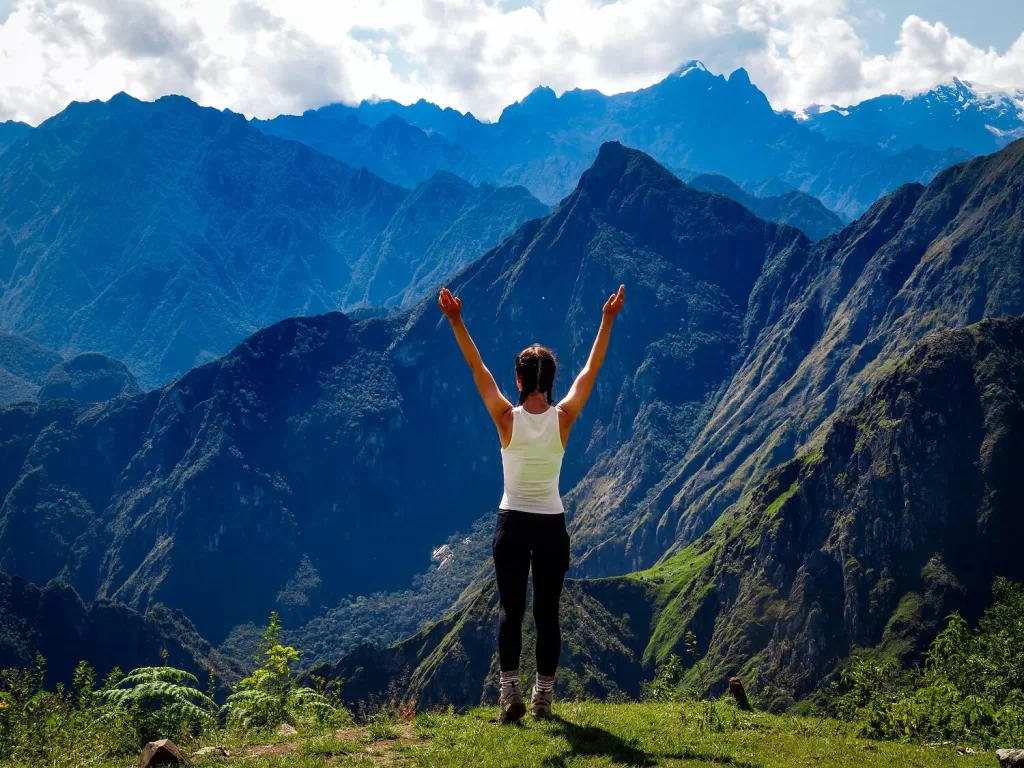
9. Ancascocha Trek
This 5-day / 4-night trek is definitely one of the lesser known treks to Machu Picchu. It actually runs in quite close proximity to the Inca Trail, but it’s far less crowded and a bit more challenging.
You’ll start your trek from Soqma and on your first day you’ll hike to Perolniyoc waterfalls and the Racaypata Inca Site before camping in Rayan. The next morning you’ll hike up to Kuychiccasa Pass at 4,500 m (14,764 ft) before making it to Ancascocha.
On your third day, you’ll have to ascend to the highest point along the trek, Huayanay Pass, located at 4,650 m (15,256 ft). Then you’ll descend to Quesca and visit another Inca site called Paucarcancha. On your last day, you’ll actually hike along the Classic Inca Trail to KM 82 and also visit the Llaqtapata Inca site. From there you’ll be transported to Ollantaytambo and take the train to Aguas Calientes. You’ll visit Machu Picchu the next morning.
- Total Walking Distance: around 49 km (30 mi).
- Duration: The Classic trek is 5 days / 4 nights.
- Highlights: Inca Ruins, small communities, Huayanay Pass, scenic views, and Machu Picchu.
- Pros: Less crowded, lots of Inca sites, and some transport included.
- Cons: Similar price to the Inca Trail. You have to camp and will be hiking at much higher altitudes which can result in altitude sickness.
10. Choquequirao Trek
This one is quite an interesting trek. First of all, the ‘Classic’ version of this trek doesn’t actually go to Machu Picchu. So, why are we mentioning it in this blog post then? Valid question, but hear us out.
There is of course a variation of this trek that combines Choquequirao and Machu Picchu. But first let us explain what Choquequirao actually is.
Just like Machu Picchu, Choquequirao is also an Inca Citadel, kind of like a sister to Machu Picchu. It’s pretty remote and hardly anyone visits the site compared to Machu Picchu’s daily visitor numbers. So, you’re guaranteed a unique experience.
Now, the trek that includes Machu Picchu is normally 9 days long. Yes, it’s definitely much longer than any of the popular treks above. This trek is therefore for those who really love trekking and have sufficient time to spend in Peru.
- Total Walking Distance: over 100 km (62 mi).
- Duration: Normally 9 days 8 nights, but you can do shorter versions too.
- Highlights: Choquequirao ruins, San Juan pass, Yanama Pass, scenic views, and Machu Picchu.
- Pros: Less crowded trek and you get to see another Inca Citadel.
- Cons: Expensive and long. You have to camp and will be hiking at higher altitudes which can result in altitude sickness.
- Good to Know: Shorter treks might not include Machu Picchu.
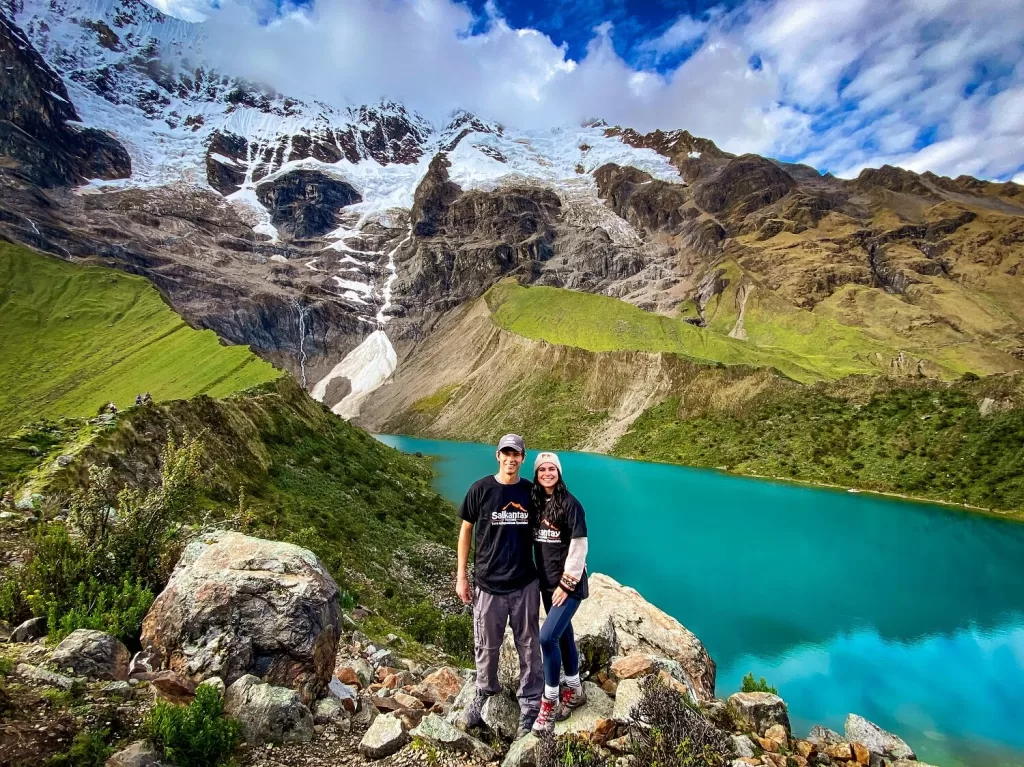
Final Thoughts on Ways to Get to Machu Picchu
We always knew that we wanted to visit Machu Picchu via a multi-day trek and were very happy that we picked the Classic 5-day Salkantay Trek out of all the options. Our main reason for picking this trek was that it included Lake Humantay which we wanted to visit anyway. It was also a more challenging way for us to reach Machu Picchu and allowed us to hike in higher altitudes. We could also try out the Vistadome train and all in all it was still a bit more affordable than the Inca Trail would’ve been.
If we ever have the chance to return to Cusco and the Sacred Valley, we’ll definitely sign up for a lesser known trek such as the shorter version of the 9 day long Choquequirao trek.
Have you ever been to Machu Picchu before? If so, how did you choose to get there? Would you pick another way if you had the chance to visit the site again? If not, how would you get to Machu Picchu in Peru? Let us know in the comments below.
Now, let your adventure begin,

Our Top Travel Resources
Accommodation: For hotels we always use Booking.com and Hostelworld for hostels. We also book longer stays on Airbnb or Vrbo.
Flights: To find the best flight prices we always check Skyscanner, Google Flights or WayAway. Then we also check the airlines’ websites too for comparison.
Car Rentals: We use Discover Cars when we want to rent a car as it compares local, national and international companies.
Activities: If we book organised tours we always check either GetYourGuide or Viator.
Foreign Currency: Whenever we can we prefer to pay in local currency and for that we always use our Wise card. We can easily withdraw money from the ATM or pay by card at most shops and restaurants.
Travel Insurance: We never go anywhere without travel insurance. You never know what will happen on your trip, so good travel insurance like SafetyWing can protect you in case of injury, illness, theft and cancellations.
eSIM and VPN: To get data abroad we use Airalo which is an app that allows you to download a prepaid eSIM to your phone in over 190 countries. Make sure to have a VPN to avoid hackers accessing your personal data when using public WIFI. We use Surfshark which is the only VPN that offers one account on unlimited devices.
Remember…It all starts with a Pin…




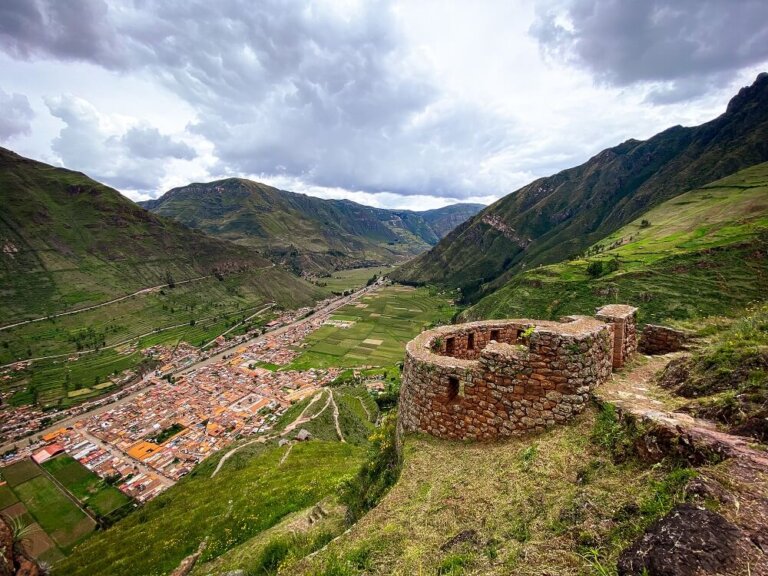
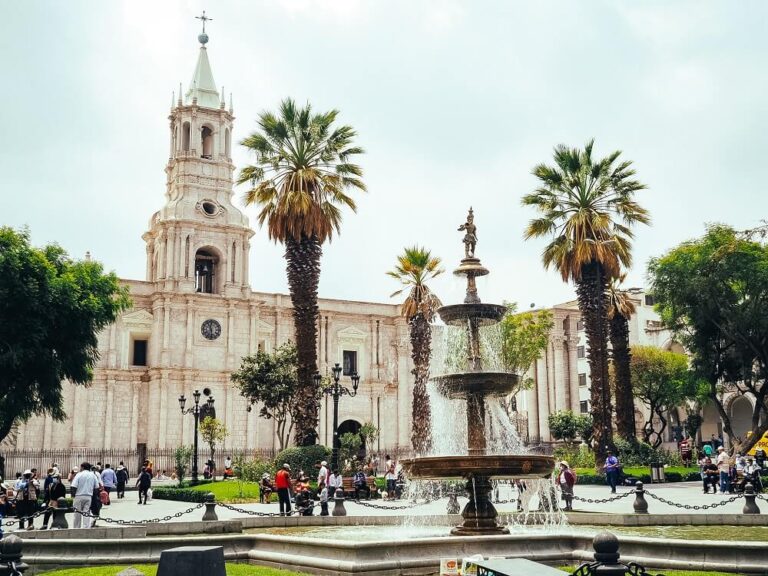
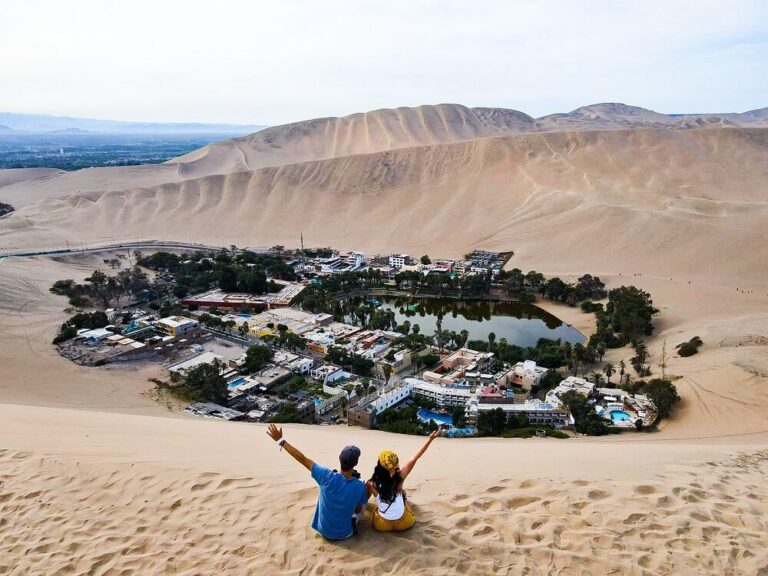

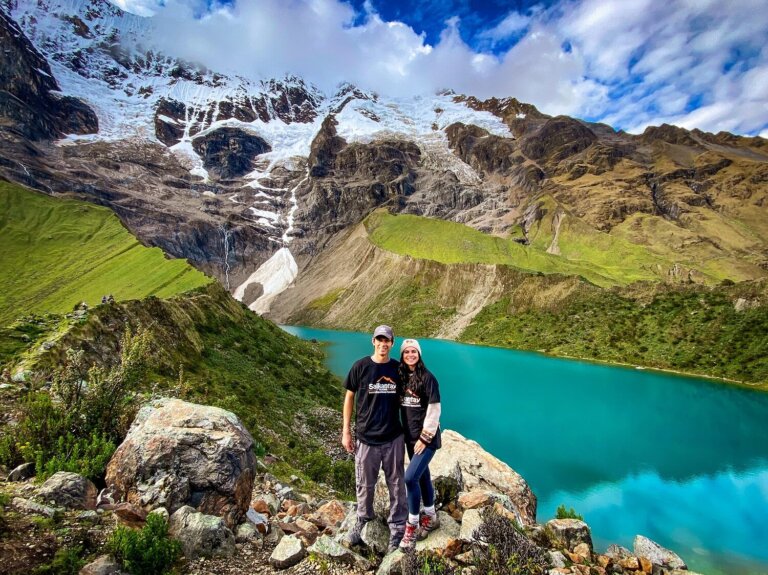
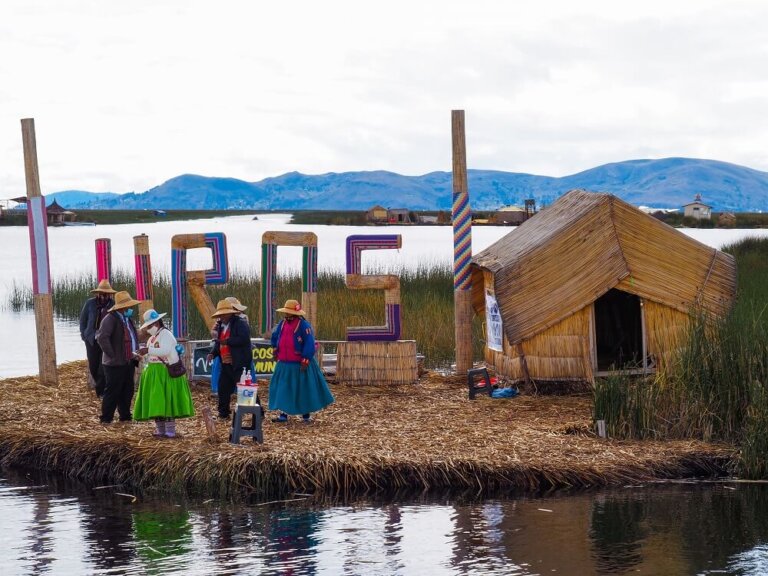
It’s amazing how many optons there are now!
(It’s too bad that the train is so much more expensive than it used to be!)
Yes we were definitely overwhelmed by the choices. Machu Picchu is definitely more accessible now than it was a few years ago. And yes the train prices are quite high too, especially during the high season.
I had no idea there were that many ways to get to Machu Picchu! We took the traditional Inca Trail one day trek and I still struggled lol I can’t image doing 40 miles! Greta post!
Thanks Chelsea, yes there’s definitely an option for everyone to visit Machu Picchu. Luckily we got used to the altitude quite quickly, so didn’t struggle too much on the hike, but yes hiking for so long in high altitude is definitely hard!
Wooah! I love a good hike so I was always thinking of doing the Salkantay Trek (I was less keen on the main inca trail just because of how busy it can be) but it is soooo cool to hear that there are so, so many more options!
The Choquequirao trail sounds even better! Did you do that one too?
Thanks Josy, yes the Inca Trail’s popularity was definitely one of the main reasons we wanted to do the Salkantay Trek. Unfortunately we only had time (and budget) for one trek but we know if we ever return we would go for the Choquequirao trek because it does sound like a cool but way less popular one to do.
Machu Picchu is on my radar. Thank you for all the great ideas of how I will be able to get there and enjoy it. So looking forward to it!
Thank you Sharyn, we’re glad you found this post useful. Hope you can start planning your visit to Machu Picchu soon.
I’ve always wanted to visit Machu Picchu! Didn’t realise they had this trail! Thanks for sharing your recommendations and tips! I’ll be saving this for a future trip!
Thank you Kelly, we’re happy to hear that you found this post useful. Hope you can visit soon.
I am not much of a camper, but I might be persuaded for an overnight experience such as this.
It’s great that there’s so many different ways to reach Machu Picchu nowadays even if you don’t want to camp or hike at all.
I plan to go in November. And love that there are so many different ways to get there. Your photos are so scenic
Thank you Gloria. We hope that our post will be useful for planning your trip in November. Hope you’ll have a great time in Peru.